If you are one of the 15 percent of people in the US who suffers from migraines (1), adding essential oils into your self-care routine can help you find natural pain relief.
An essential oil is the oil extracted from a plant that contains the characteristic fragrance of the plant from which it is derived. (2) Aromatherapy – the use of essential oils – has been proven to be a successful alternative therapy for many diseases and ailments such as depression, Alzheimer’s, insomnia, and migraines. (3,4,5,6)
If you suffer from severe headaches or migraines, three of the most beneficial oils include peppermint, lavender, and rose oil. Before you begin using essential oils to treat your migraines, make sure to:
Do you wake up feeling fatigued, depressed, and restless? Break the cycle of bad sleep with our FREE Sleep Guide.
Click here to get your FREE copy of our Sleep Guide!
1. Consult your doctor if:
- You are pregnant or nursing
- You have an existing medical condition
- You want to use essential oils on children or older adults
2. Research brands:
The FDA does not regulate essential oils, so it’s important to research brands before you buy ensure that they are high quality and safe.
3. Use a carrier oil:
It is important to dilute your essential oil in a carrier oil to avoid skin irritation. Apply 1-2 drops of essential oil per tablespoon of carrier oil. Common carrier oils include:
- Coconut
- Almond
- Avocado
- Sesame
- Grapeseed
4. Know the potential side effects:
- Skin irritation or inflammation
- Allergic reaction
- Sun sensitivity
How to Use Essential Oils for Headaches
Use our 3 DIY massages to help relieve your severe headache or migraine. It’s best to perform these as soon as you feel your migraine coming on, but they are also beneficial once the migraine already sets in.
The Temples
While no one knows exactly what causes migraines, triggers include: changes in weather, changes in sleep, certain foods or drinks, caffeine, anxiety, and stress (7). Whether your migraine is caused by the swelling and constriction of blood vessels or muscle tension, a temple massage can help by increasing blood circulation around the area and releasing tension.
DIY Peppermint Temple Massage
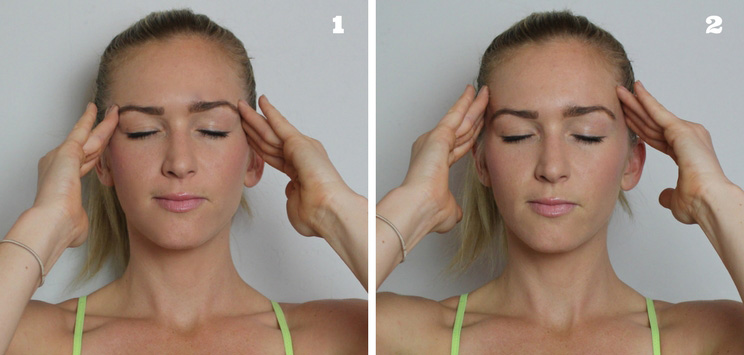
Peppermint oil is not only refreshing and rejuvenating, but it can quickly reduce your headache. Studies have shown that the application of peppermint oil to the temples and forehead reduces headache intensity within 15 minutes (8). Note: Since you’ll be applying this to your temples, be careful not to get the oil in your eyes.
- Begin by mixing 1-2 drops of peppermint oil with 1 tbsp of your carrier oil in a small bowl or bottle.
- Place a few drops of your mixed oil on one palm and then rub both hands together.
- Use your index, middle, and ring fingers over each temple and apply pressure. Hold for a few moments and then massage the temples in a circular motion. Go one direction for about 20-30 seconds and then switch directions. From there, you can work the circular motions up into the scalp and across the forehead.
The Neck
If you know that your migraines are triggered by tension and stress, then try this DIY method to get deep into the fascia of the neck and relieve migraine-causing neck tightness.
DIY Lavender Neck Massage
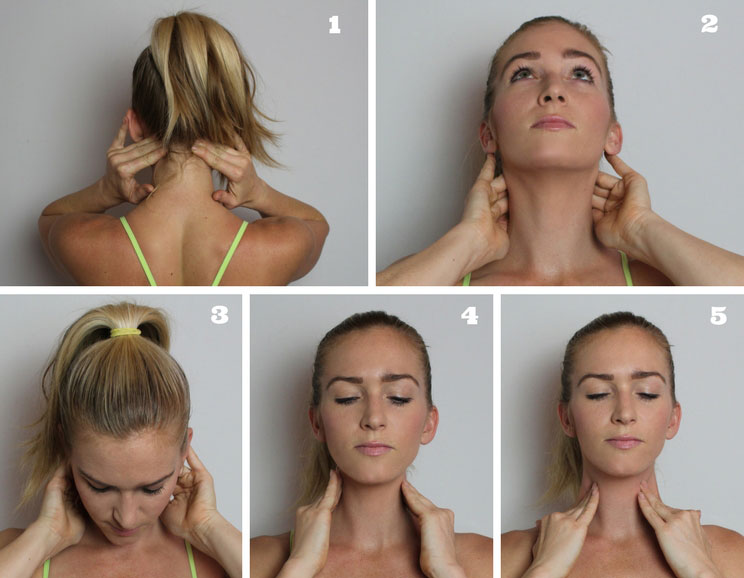
This soothing and calming oil has been shown to reduce tension and reduce the severity of migraines (9).
- Begin by mixing 1-2 drops of lavender oil with 1 tbsp of your carrier oil in a small bowl or bottle. Place a few drops of your mixed oil in one palm and then rub both hands together.
- Take the three middle fingers of each hand underneath the base of your skull and massage by pushing in and up. You should feel tenderness but not pain. Continue applying pressure and rock your head up and down a few times.
- Then, slide the fingers down the muscles on back of your neck on either side of your spine. Stop to massage with circular motions when you find a point of tension.
- Then come to the sides of the neck and work from top to bottom, sliding the three fingers down the muscles of the neck. Finally, come to the front of the neck and work from top to bottom, massaging the muscles on either side of the throat.
Jaw Tension and Migraines
Tension in the jaw can contribute to or even cause migraines. A number of the muscles of the Temporomandibular Joint (TMJ) (10) are located under the jaw, in the cheeks, and on top of and on the sides of the head. When these muscles get tight from grinding or clenching your teeth, that tension can travel to the skull – causing migraines.
DIY Rose Jaw Massage
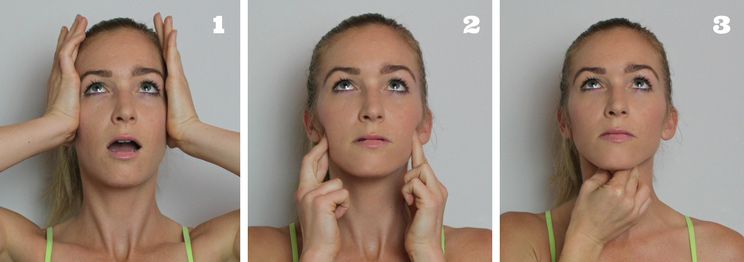
Rose oil acts as anti-inflammatory and stress reliever and has been shown to help in short-term relief of migraines (11). Bonus: It’s great for soothing and softening skin.
- Rub the oil between your palms. Open your mouth and close it a few times to warm up the jaw.
- Open your mouth and let your tongue relax. Place your hands on the sides of the face so that your palms rest over your temples. Then, begin to drag the hands down the sides of your face. Stop the index and middle fingers at the TMJ – where your jaw connects to your skull – and draw circular motions in both directions.
- Then, take one hand right under the chin and massage under your tongue.
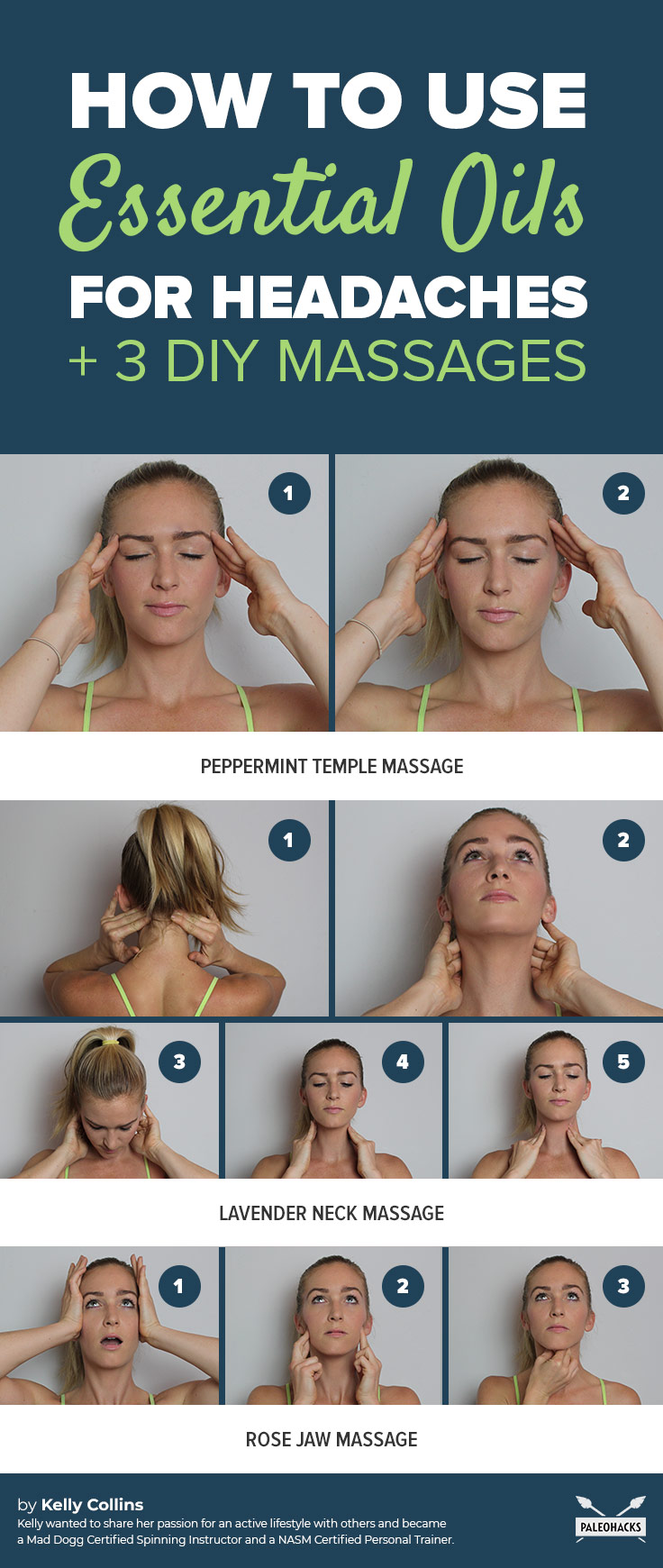
(Read This Next: The 7 Best Antibacterial Essential Oils & How to Use Them)



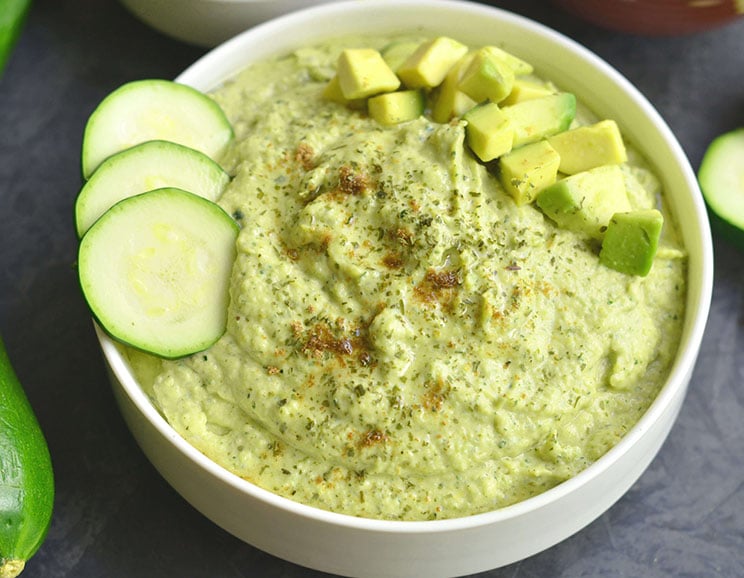 Bean-Free Creamy Avocado ‘Hummus’
Bean-Free Creamy Avocado ‘Hummus’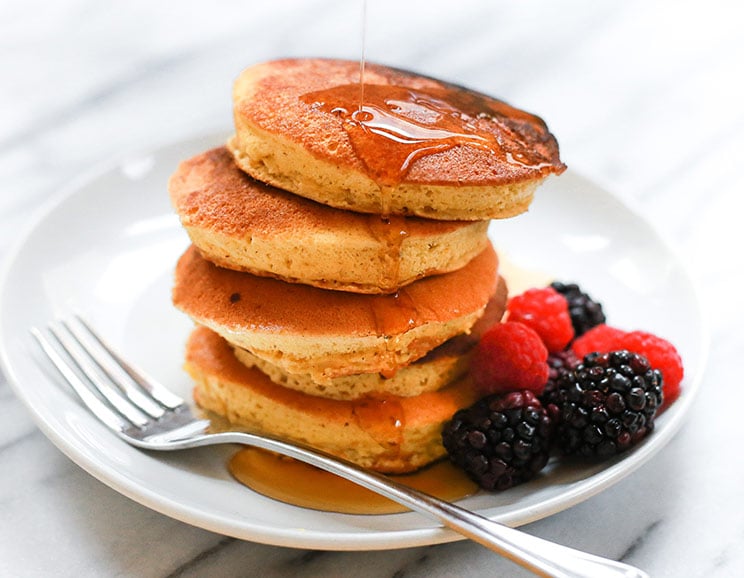
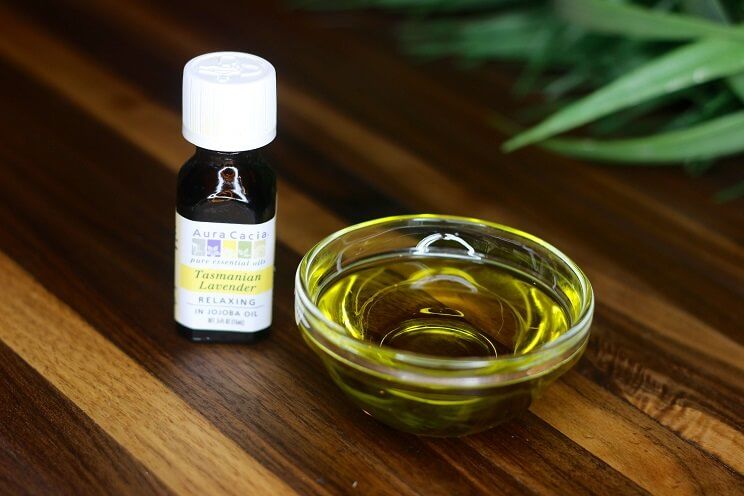
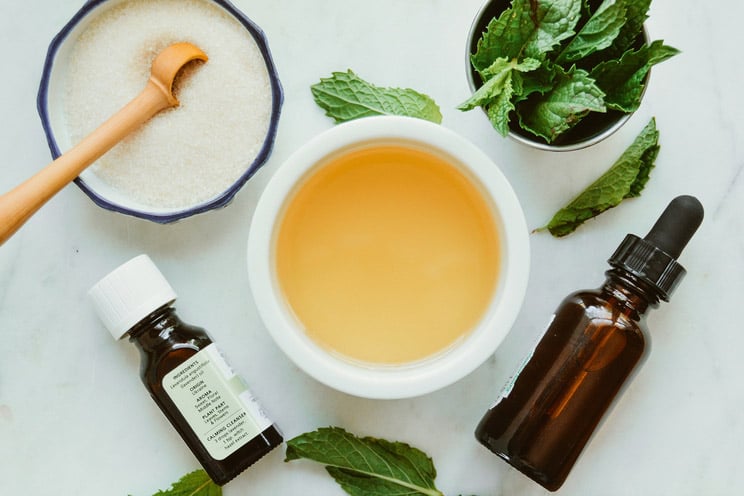
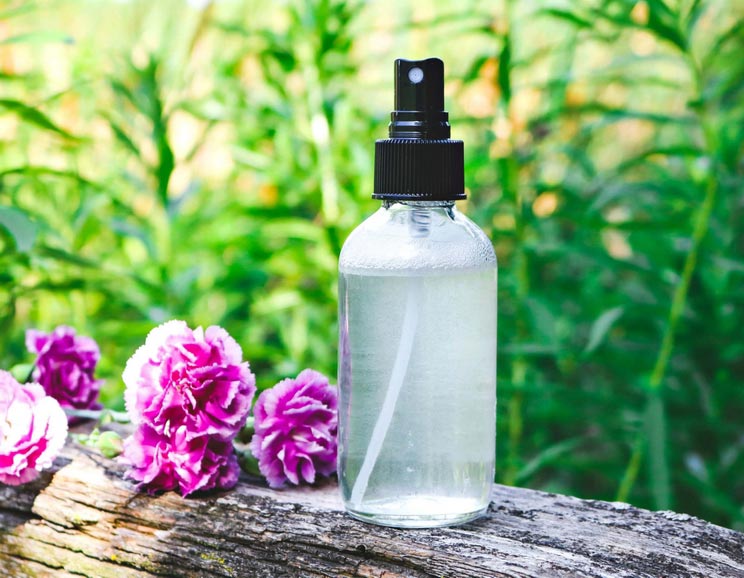
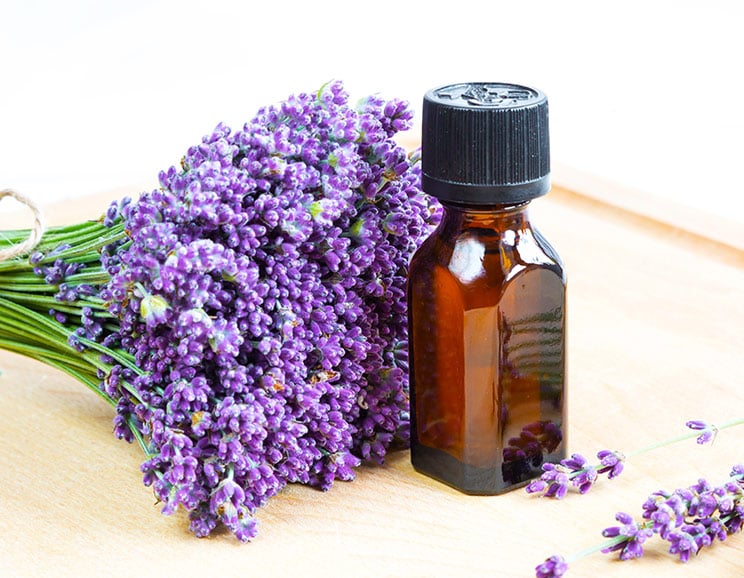
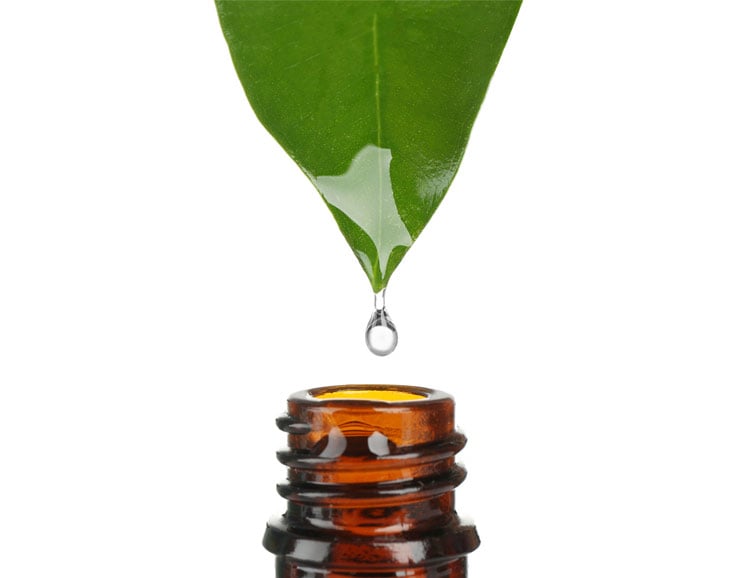
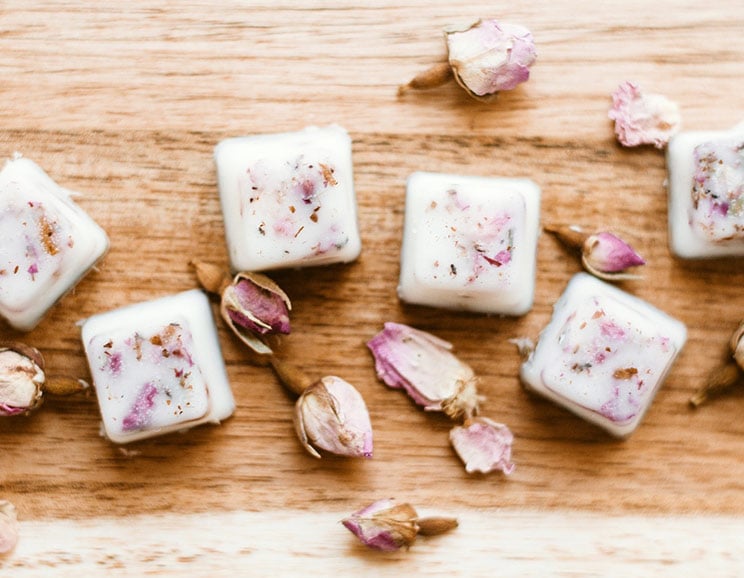

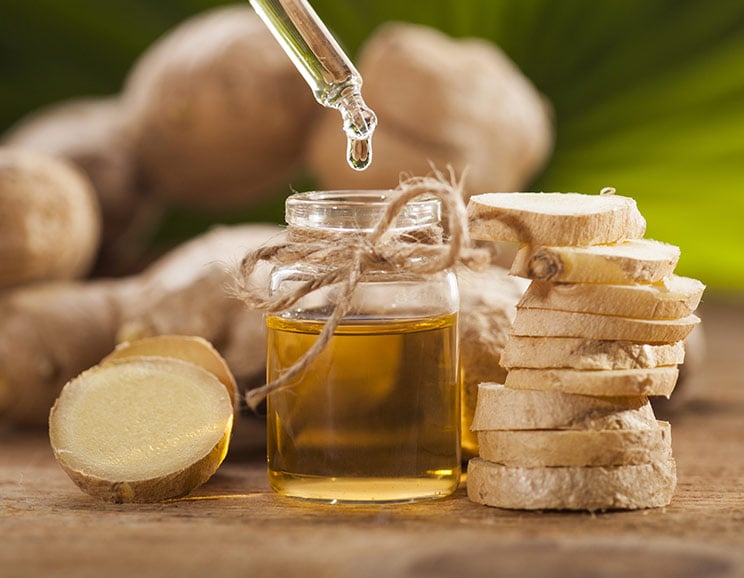
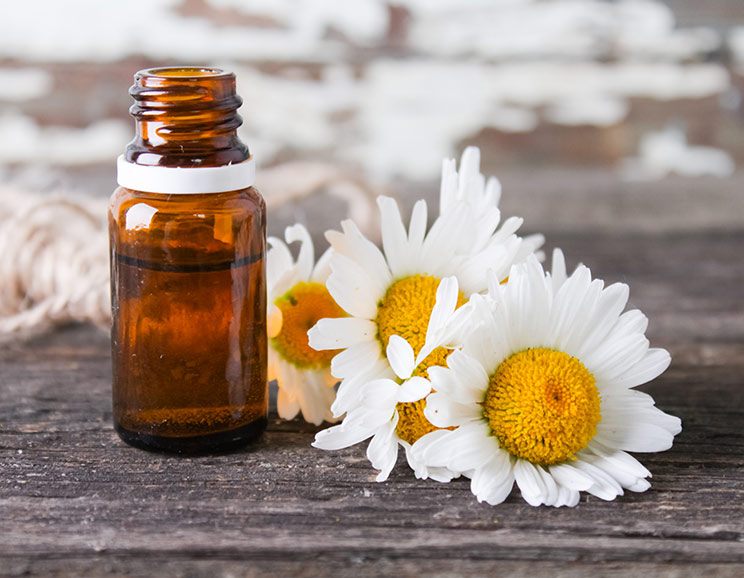
Show Comments